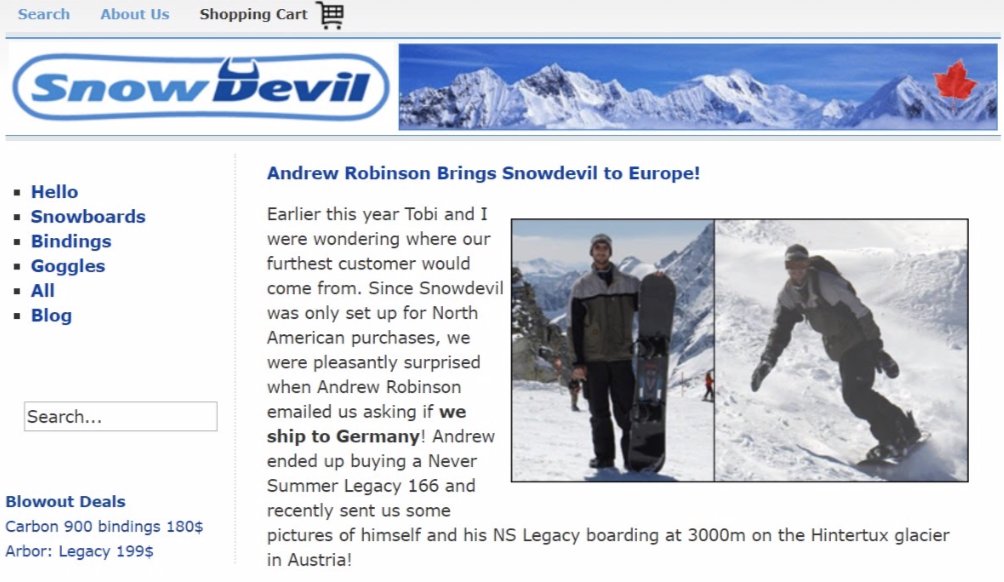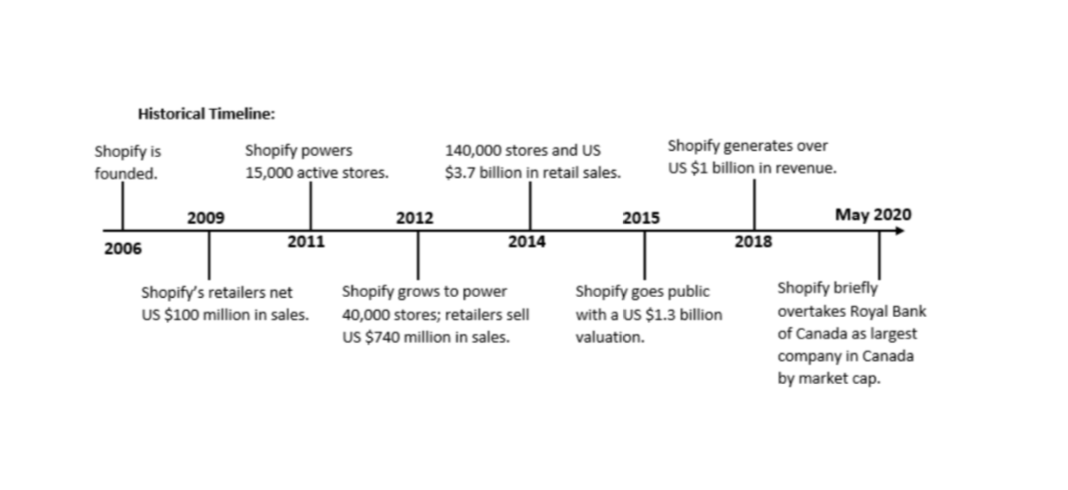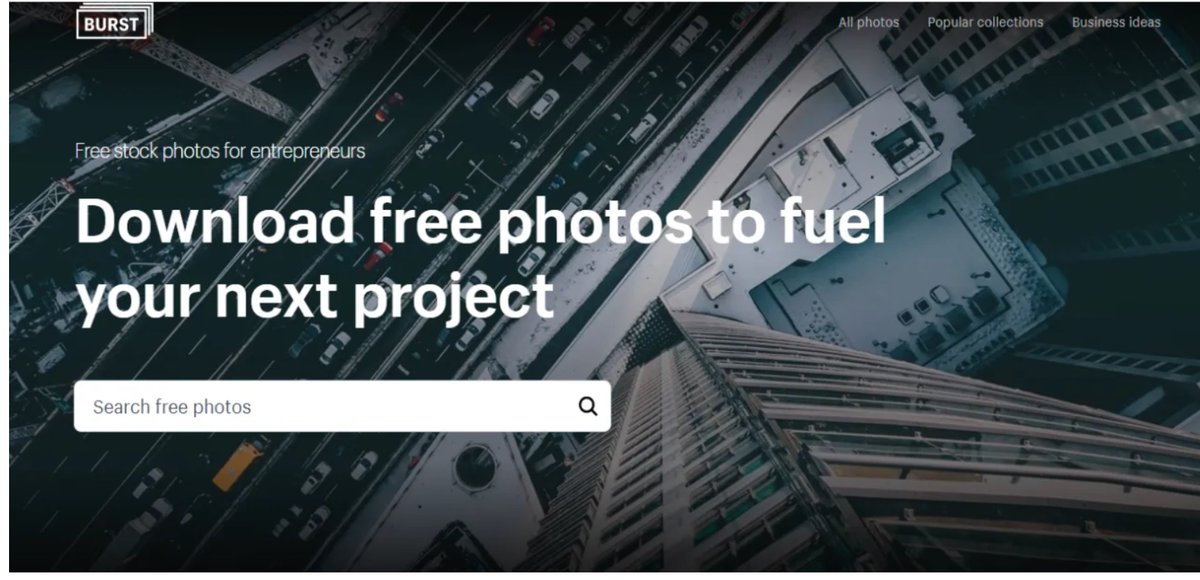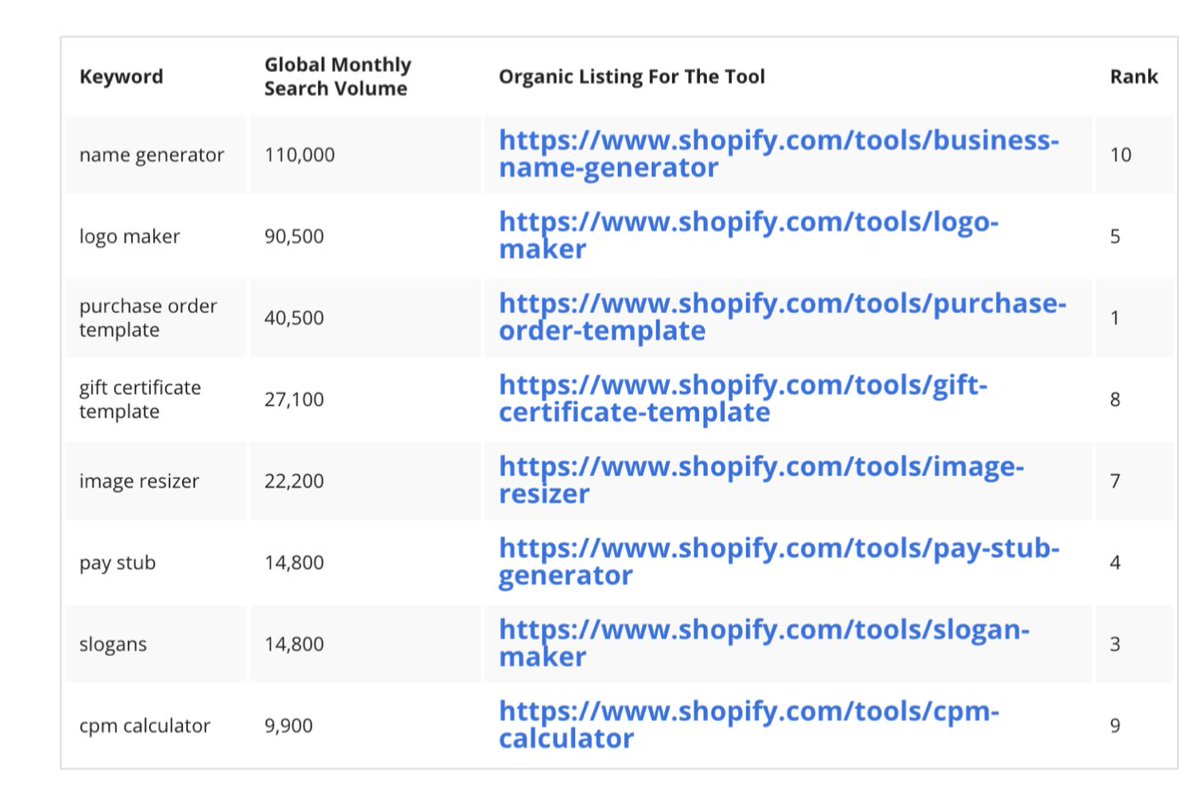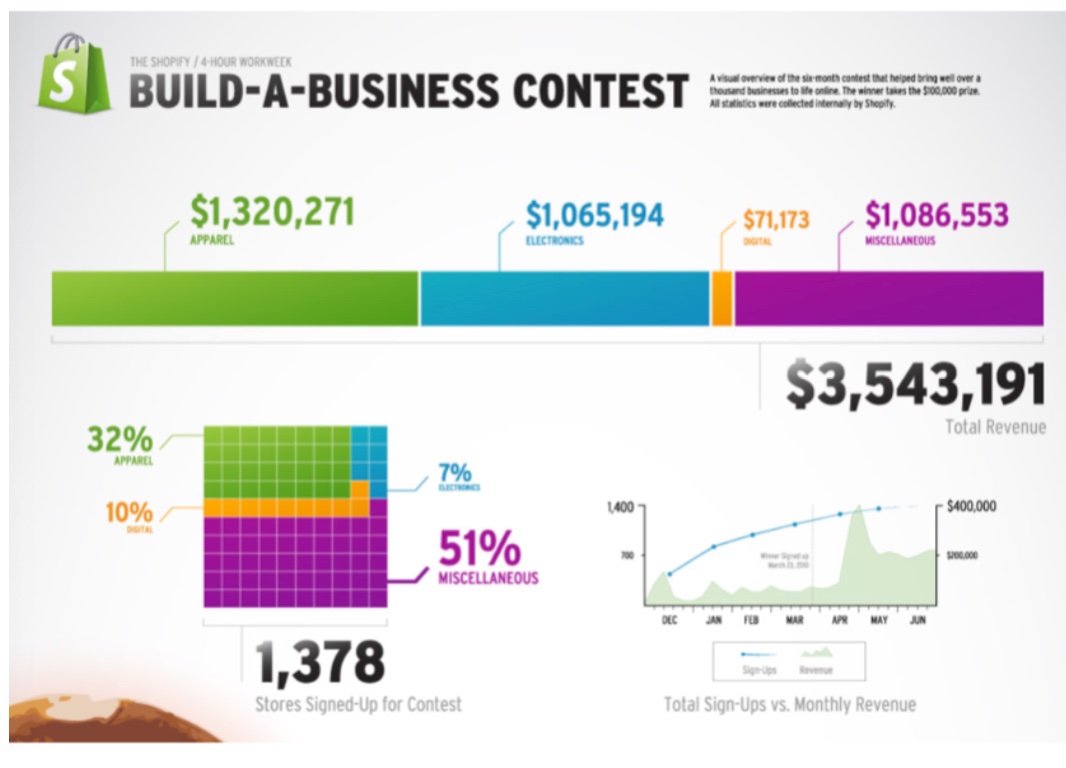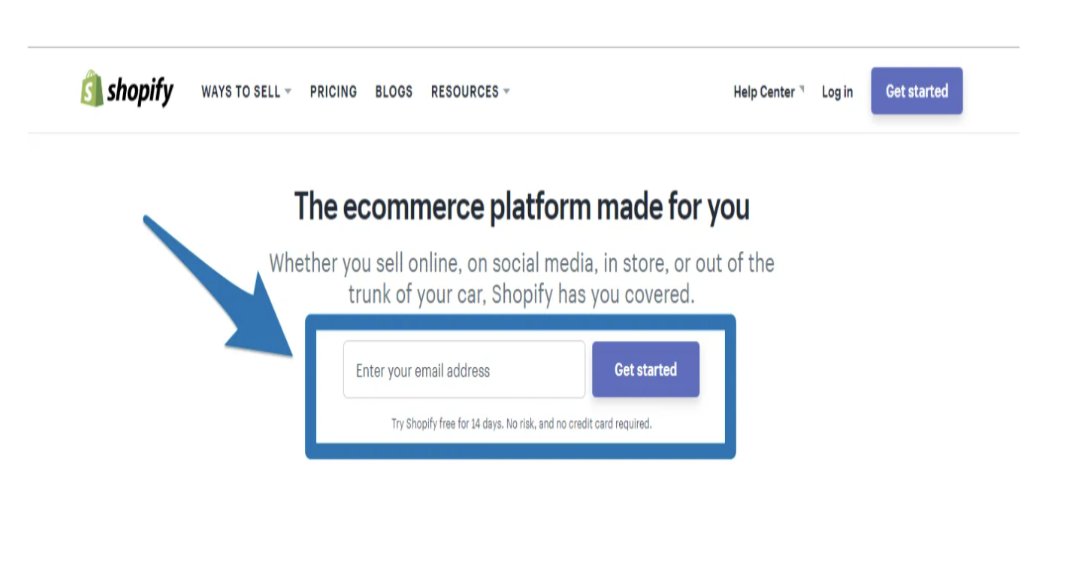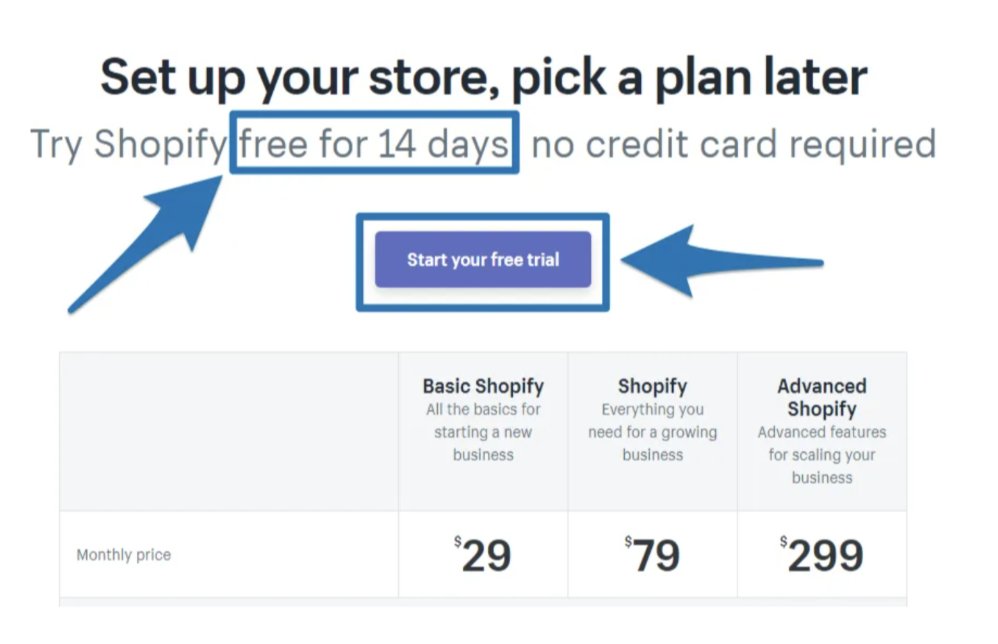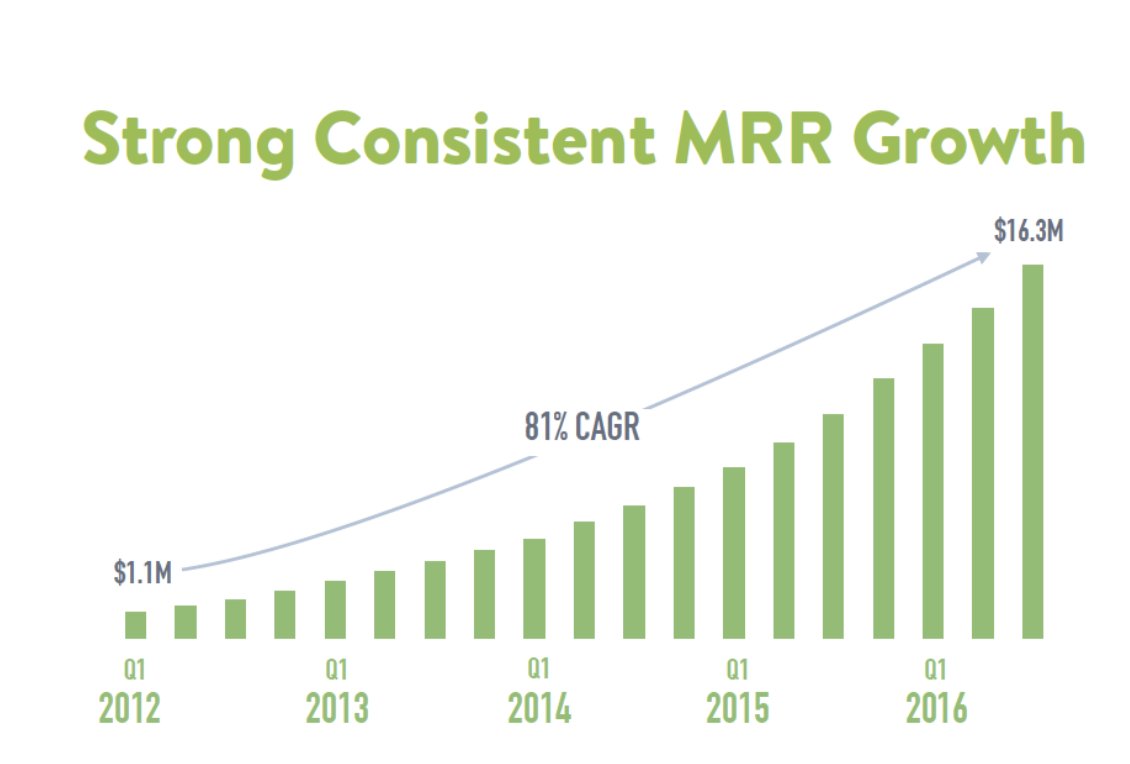How Shopify founders turned a snowboard shop into a $150bn ecommerce beast
Here are the most effective strategies used to propel Shopify’s exponential growth https://abs.twimg.com/emoji/v2/... draggable="false" alt="🚀" title="Rakete" aria-label="Emoji: Rakete">
https://abs.twimg.com/emoji/v2/... draggable="false" alt="🚀" title="Rakete" aria-label="Emoji: Rakete">
A thread: https://abs.twimg.com/emoji/v2/... draggable="false" alt="👇" title="Rückhand Zeigefinger nach unten" aria-label="Emoji: Rückhand Zeigefinger nach unten">
https://abs.twimg.com/emoji/v2/... draggable="false" alt="👇" title="Rückhand Zeigefinger nach unten" aria-label="Emoji: Rückhand Zeigefinger nach unten"> https://abs.twimg.com/emoji/v2/... draggable="false" alt="👇" title="Rückhand Zeigefinger nach unten" aria-label="Emoji: Rückhand Zeigefinger nach unten">
https://abs.twimg.com/emoji/v2/... draggable="false" alt="👇" title="Rückhand Zeigefinger nach unten" aria-label="Emoji: Rückhand Zeigefinger nach unten">
Here are the most effective strategies used to propel Shopify’s exponential growth
A thread:
1) First a quick intro
In 2004, Founders Tobias Lutke and Scott Lake wanted a simple tool to build an online store for their snowboarding brand Snowdevil. They were frustrated with current options, so they built the online store infrastructure from the ground up.
In 2004, Founders Tobias Lutke and Scott Lake wanted a simple tool to build an online store for their snowboarding brand Snowdevil. They were frustrated with current options, so they built the online store infrastructure from the ground up.
2) After they got many inquiries about how they built their site, they saw an opportunity to help more people sell online. So they refocused on creating a product that would help people set up their one online stores. In 2006, it was launched as @Shopify
Here& #39;s a basic timeline
Here& #39;s a basic timeline
3) Strategy 1: Subdomains (2008)
Shopify focused on building individual tools to solve problems for store owners. They targeted keywords of common questions searched when setting up ecom stores and created tools/content to help.
Their subdomains dominated Google’s first page.
Shopify focused on building individual tools to solve problems for store owners. They targeted keywords of common questions searched when setting up ecom stores and created tools/content to help.
Their subdomains dominated Google’s first page.
4) Their first subdomain was called Burst by Shopify - a site helping startups find free stock photos for their websites.
"Free stock photos" at this time, got almost 40,000 average monthly searches, for which they were able to optimize their site to rank first on Google.
"Free stock photos" at this time, got almost 40,000 average monthly searches, for which they were able to optimize their site to rank first on Google.
5) Their next site was called Exchange, a subdomain marketplace helping entrepreneurs buy and sell ecommerce stores.
This page ranked first on Google under the keyword “website for sale" which got around 4000 monthly searches at the time.
Shopify was getting HUGE organic reach
This page ranked first on Google under the keyword “website for sale" which got around 4000 monthly searches at the time.
Shopify was getting HUGE organic reach
6) Shopify went on to make 21 other tools, including their business name generator. This isn’t a subdomain but is a free tool that is ranked first for the search "business name generator," which is searched over 33,000 times/month.
Today it& #39;s Shopify& #39;s 5th most popular keyword
Today it& #39;s Shopify& #39;s 5th most popular keyword
7) It& #39;s also important to note, all of their tools had a Shopify branded footer. This is how people began to notice the Shopify brand.
This was Shopify’s effective strategy for skyrocketing organic growth and mass market top of funnel brand awareness, while boosting their SEO
This was Shopify’s effective strategy for skyrocketing organic growth and mass market top of funnel brand awareness, while boosting their SEO
8) Strategy 2: Viral Contest (2010)
In 2010, Shopify launched the build a business competition, rewarding $100,000 to the winning teams
They decided for the contest to be successful, they needed to generate 600 new accounts. It was a massive hit leading to over 1378 new signups
In 2010, Shopify launched the build a business competition, rewarding $100,000 to the winning teams
They decided for the contest to be successful, they needed to generate 600 new accounts. It was a massive hit leading to over 1378 new signups
9) It generated $400,000 in revenue for Shopify and $3,543,191 for store owners in year 1. This was the big push Shopify needed to boost signups and encourage customers to try their product.
The contest takes place every year and acquires thousands of new customers.
The contest takes place every year and acquires thousands of new customers.
10) Strategy 3: “Sticky” 14 day free trial (2010)
The catch - by the end of the trial, owners likely invested a lot of time/work developing their “dream business” and possibly making their first sales. They actually achieved something tangible and made good progress on the trial
The catch - by the end of the trial, owners likely invested a lot of time/work developing their “dream business” and possibly making their first sales. They actually achieved something tangible and made good progress on the trial
11) You can see Shopify’s main CTA was to try the free trial and only later hope to get owners to commit to a plan. Once time and effort was spent, it was hard for them to close up shop and lose their work. Which is why this free trial was so effective in acquiring paid customers
12) Strategy 4: Affiliate program (2012)
Shopify gave generous incentives; 20% monthly commission for referrals, 70% commission for building and selling a theme (on the theme store), and 80% commission on Shopify apps sales on their marketplace.
Shopify gave generous incentives; 20% monthly commission for referrals, 70% commission for building and selling a theme (on the theme store), and 80% commission on Shopify apps sales on their marketplace.
13) This gave Shopify a wide range of ways to promote their product/service.
The two main growth components:
1. Turning their users into an external marketing team
2. It encouraged people to innovate and create new things that made Shopify even more valuable platform.
The two main growth components:
1. Turning their users into an external marketing team
2. It encouraged people to innovate and create new things that made Shopify even more valuable platform.
14) Shopify Today:
- Total global platform sales are around $100 billion
- 800,000 stores powered by shopify
- Valued at $150bn
Keys to growth success:
- Knowledge of content/organic marketing
- Company wide growth perspective
- Thinking big
- Total global platform sales are around $100 billion
- 800,000 stores powered by shopify
- Valued at $150bn
Keys to growth success:
- Knowledge of content/organic marketing
- Company wide growth perspective
- Thinking big
15) Here are some additional sites if you want to read more
https://neilpatel.com/blog/how-shopify-grew-10x-in-3-years-and-how-you-can-achieve-similar-results/…https://neilpatel.com/blog/how-... href=" https://producthabits.com/shopify-grew-snowboard-shop-10b-commerce-ecosystem/">https://producthabits.com/shopify-g...
https://neilpatel.com/blog/how-shopify-grew-10x-in-3-years-and-how-you-can-achieve-similar-results/…
16) I hope you enjoyed this thread and learned something new!
COMMENTS:
Do you run a Shopify store? If you do, comment the link to your site below!
If you don& #39;t, comment your favourite store powered by Shopify
COMMENTS:
Do you run a Shopify store? If you do, comment the link to your site below!
If you don& #39;t, comment your favourite store powered by Shopify
17) Subscribe to my Substack for a more in depth analysis of my weekly startup growth breakdowns -> including a more in depth Shopify analysis
https://thegrowthplaybook.substack.com/welcome
And">https://thegrowthplaybook.substack.com/welcome&q... follow me on Twitter for a new thread like this every week!
https://thegrowthplaybook.substack.com/welcome
And">https://thegrowthplaybook.substack.com/welcome&q... follow me on Twitter for a new thread like this every week!

 Read on Twitter
Read on Twitter